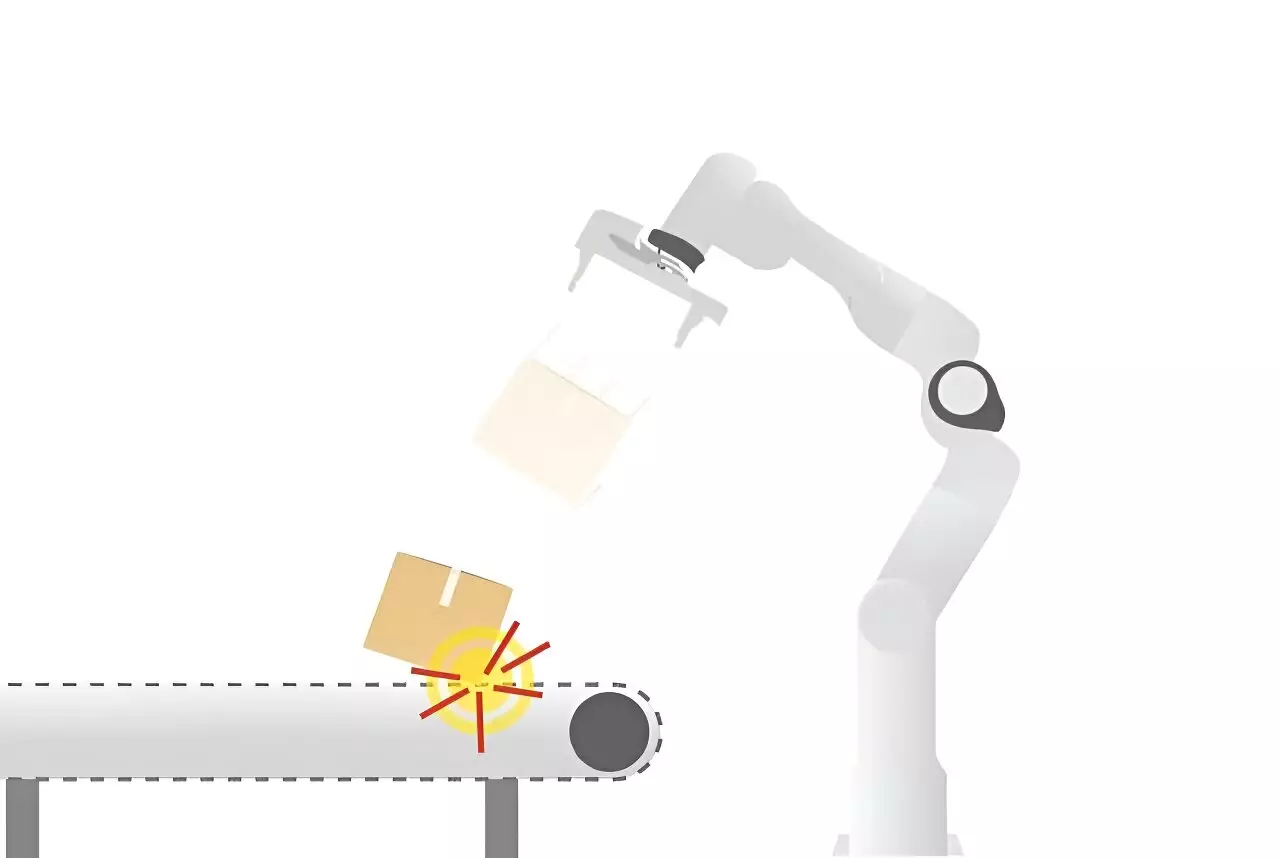In recent years, the role of robots within various industries has expanded significantly, particularly in the automotive and logistics sectors. However, these mechanical entities still suffer from certain limitations that hinder their effectiveness in environments that require adaptability and rapid interaction. The traditional approach to robotics often involves executing predetermined tasks with repetitive precision, resulting in a lack of flexibility. To transform the application domains of robotics and enable them to function more like humans in various scenarios, a paradigm shift towards dynamic interaction and spatial awareness is essential.
The automotive sector has long been a proponent of robotic automation; however, recent advancements have begun to see robots utilized in other areas such as logistics. Despite these strides, traditional robots remain fundamentally fixed in their programming, often performing a singular action or following a fixed set of steps without the ability to adapt to novel circumstances. This rigidity becomes particularly problematic when robots are required to handle unpredictable elements in their environment. For instance, when operating in hazardous contexts—such as nuclear plants or disaster-stricken areas—robots must exhibit a higher degree of responsiveness and situational awareness. Moreover, achieving efficient handling of heavy objects, such as baggage at airports or during planetary exploration initiatives, necessitates that robots develop more nuanced interaction capabilities.
Research Initiatives Toward Enhanced Robotic Interaction
Professor Alessandro Saccon from Eindhoven University of Technology is at the forefront of research aimed at surmounting these challenges. His recent project, I.AM, specifically targets the enhancement of robots’ physical interactions with their surroundings. Rather than adhering strictly to collision-avoidance principles prevalent in existing research, the project pivots towards collision exploitation. This means understanding and mastering the dynamics of rapidly engaging with heavy objects safely and effectively. By employing first-principle physics and simulation techniques, the research team seeks to address unforeseen challenges that may arise during task execution, such as unexpected load weights or slight misplacements of objects.
One of the project’s critical research areas involves iterating between theoretical models and real-world experimentation, examining discrepancies between simulated predictions and real-world behaviors. These insights allow the team to refine robot control algorithms, making their movements not only robust but also responsive to dynamic changes. This iterative learning cycle underscores the importance of empirical data, which validates and improves robotic performance in real-time operational conditions.
Understanding Spatial Awareness in Robotics
The human ability to navigate complex movements and perceive spatial relationships is an instinctive skill that has remained elusive in robotic development. The I.AM project is pushing the boundaries of our understanding of how to translate these natural capabilities into machines. One significant challenge lies in programming robots to assess their surroundings and adapt their strategies autonomously. Achieving fast, real-time decision-making based on sensory feedback is essential for enabling robots to function effectively in environments filled with uncertainties and hazards.
Collaborating with industry experts, such as the logistics automation company VanderLande, has enriched the research with valuable practical insights. Engaging with real-life logistical challenges has highlighted the existing bottlenecks in robotics applications, enabling the research team to refine their focus on critical pain points. The fruitful relationship fostered through hands-on testing within a shared laboratory setting has not only intensified collaboration but also inspired students and researchers alike, generating enthusiasm for innovation in impact-aware robotics.
As the field of robotics evolves, innovations such as fast spatial perception and adaptive planning will form the cornerstone of next-generation robotic systems. The evidence gathered from the I.AM project has attracted global attention, thereby positioning the Netherlands as a leading contributor to the robotics landscape. This international acclaim will likely pave the way for securing further funding and partnership opportunities, thus amplifying future research prospects.
While the accomplishments of the I.AM project are indeed commendable, they are not the endpoint. The pursuit of enhanced robotic capabilities will continue, focusing on areas that remain underexplored, such as rapid environmental learning and dynamic device interaction. The collaboration between academia and industry can only strengthen the foundations laid by projects like I.AM—ultimately leading to a new era of robotics that mirrors human dexterity and adaptability.
As the robotics landscape continues to diversify and advance, so too does the potential for machines to take on more complex roles within industries. By prioritizing dynamic interaction and improved spatial awareness, the ongoing research efforts will ensure that robots not only keep pace with the demands of modern workplaces but thrive beyond their current limitations. The journey is far from complete, but the insights gained thus far illuminate a promising path forward.


Leave a Reply